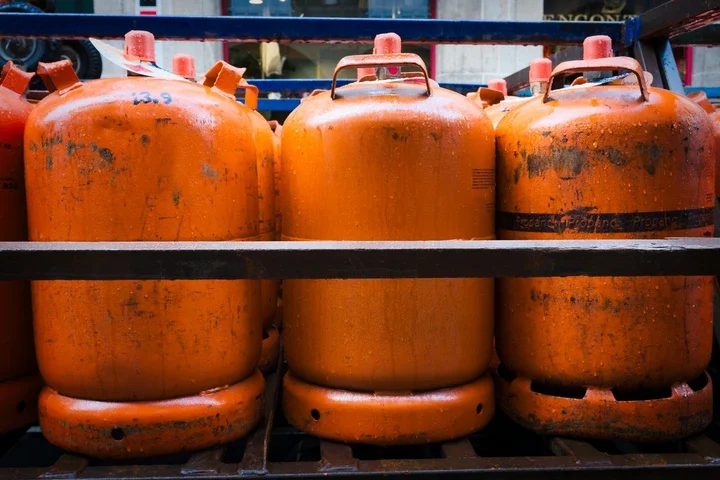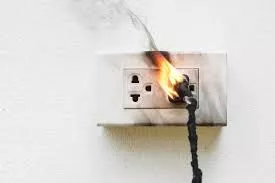
Did you know that using an expired cooking gas cylinder can put you and your family at risk? Gas cylinders have a limited lifespan, and once they expire, they may fail under pressure, leading to gas leaks or explosions.
This article will guide you on how to identify an expired cooking gas cylinder and what to do if you find one.
Most gas cylinders have an expiry date stamped near the handle or neck. The date appears in a format like A/B/C/D YY, where:
A, B, C, or D indicates the quarter of the year:
A: January to March
B: April to June
C: July to September
D: October to December
YY represents the last two digits of the expiry year.
For example, if the cylinder is stamped D24, it expires in December 2024.
. Physical Damage
Expired cylinders often show visible signs of wear, such as:
Rust or Corrosion: Weakens the metal and increases the risk of leaks.
Dents or Cracks: Can compromise the cylinder's structure.
Worn Markings: If the expiry date or other details are faded, the cylinder might be outdated.
. Leaks or Unusual Odors
An expired or damaged cylinder may leak gas, which can be identified by:
A hissing sound near the valve or hose.
A strong gas smell even when the cylinder is not in use.
What to Do If Your Cooking Gas Cylinder Has Expired
If you discover that your cylinder has expired:
Stop Using It Immediately: Turn off the valve and disconnect it from your gas appliances.
Contact Your Supplier: Request a replacement from a trusted gas distributor.
Dispose It Properly: Do not attempt to repair or reuse an expired cylinder.
Identifying an expired cooking gas cylinder is easier than you think. Make it a habit to verify your cylinder's condition every time. Stay informed and stay safe.
















Comments